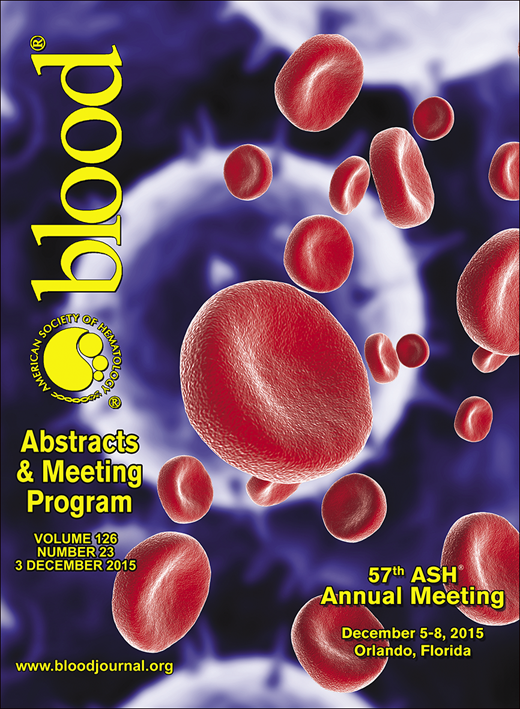Abstract
Background. For the purpose of increasing survival rate and minimizing early and late toxicities, we conducted a clinical study of an individualized treatment of AML in children between Jun/2002 and September/2014. Minimal residual disease (MRD)-based stratification was employed in this study, and patients in the high-risk group underwent allogeneic hematopoietic stem cell transplantation (HSCT) following reduced-intensity conditioning (RIC). This study was following our previous studies of a basic research on MRD in 1990s, and an early multi-center study between Feb/1999 and May/2002 [Miyamura T, et al. IJH 79: 243-249, 2004].
Methods. The main eligibility criteria were as follows: children with newly diagnosed de novo AML (excluding FAB M3), and with written informed consent obtained by the patients' guardians and the patients if aged 16 years or more. The main exclusion criteria were children with organ failure, and with uncontrolled infections. The treatment consisted of one induction chemotherapy and 5 courses of consolidation chemotherapy originating from the AML99 protocol [Tsukimoto I, et al. JCO 27: 4007-4013, 2009]. Patients with Down syndrome were treated with a dose-reduced protocol.
WT1 mRNA in PB, WT1 mRNA in BM, and chimeric-gene mRNA in BM were measured as MRD markers by quantitative RT-PCR. MRD was assessed at every hematopoietic recovery after course of chemotherapy. Patients were categorized into 5 groups: (a) non-complete remission (non-CR; blast cells >= 5% in BM) after the induction therapy, (b) MRD positive after 1st consolidation therapy, (c, d) MRD negative after 1st consolidation, and (e) patients without any MRD markers available. The patients whose MRD became negative after the 1st consolidation were divided into two: (c) reemerging MRD after 2nd consolidation or later, and (d) continuously negative for MRD. Patients in categories (a), (b) and (c) underwent allogeneic RIC-HSCT (with one exception of myeloablative conditioning (MAC)). HLA-haploidentical HSCT was performed for the patients in (a). MRD monitoring was finished with a negative result for MRD after the last course of consolidation in the group of (d).
Results. Enrolled patient number was 35. A median age at diagnosis was 2 years old (range; 2 months - 20 years old). Three patients were stratified in the group of (a), 12 in (b), 4 in (c), 10 in (d), and 6 in (e). Eighteen patients (51.4%) underwent allogeneic HSCT. Five-year EFS (5y-EFS) was 77.9+/-7.4%, and 5y-OS was 86.0+/-6.6%, with 7.0 years of an median observation period (range; 0.7-12.6 years). Among non-Down syndrome patients (n = 29), 5y-EFS was 77.7+/-8.1%, and 5y-OS was 87.5+/-6.9%. RIC seemed to work, as resulted in a 5y-EFS 75.4+/-12.6% (2 relapses and 1 non-relapse mortality) and a 5y-OS 77.9+/-14.1% in all patients who underwent HSCT (excluding group (a)).
Discussion. It has already reported that the AML99 protocol, which did not employ MRD-based stratification, resulted in a 5y-EFS 61.6% and a 5y-OS 75.6%. Although direct comparison of our presenting strategy and the AML99 protocol cannot be carried out mainly because ours was conducted one decade later and time-event data was missing in the AML99 report for log-rank test, our strategy may contribute to shortening the treatment period and increasing the 1st continuous CR rate. In addition, RIC potentially contributes to reducing late complications [Shimizu M, et al. BMT 47: 141-142, 2012]. In the AML99 study 18.1% (41/227) received allogeneic MAC-HSCT in 1st CR, and 32.2% relapsed in total [2]. Therefore, RIC-HSCT in the present study seems to be comparable with those of MAC-HSCT.
Conclusion. Our strategy of MRD-based stratification and RIC-HSCT for childhood AML may provide a promising platform for further study.
No relevant conflicts of interest to declare.
Author notes
Asterisk with author names denotes non-ASH members.

